Discovering Raw Milk
Written by Megan of Stetted.
Milk has a place on almost every table across North America. From the days of door-to-door delivery in glass bottles to the wide rows of brightly-lit jugs in our supermarkets, milk is something we reach for at breakfast, lunch, and dinner.
These days, it’s a difficult task to keep track of which kind is best to give to your family. From cow milk to goat milk, coconut milk to almond milk, the market is saturated with choice. But there is one choice that is likely missing from your neighborhood grocery store: raw milk.
My family was hesitant at first about raw milk. We had tried some low-temperature pasteurized milk and didn’t like the flavor. The word “raw” conjured images of strange food and a culture many of us don’t understand. However, we were blown away when we tried our first glass of whole raw milk, and now we’ve been drinking it for a full year. Pasteurized milk now tastes strange to me.
What is Raw Milk?
Raw milk is produced on small farms and comes from cows that are free to roam on the pasture, eating a healthy diet of clover, barley, grasses, and whatever else pops up in the field. This diet helps the cow have a healthy gut, and in turn, helps create creamy milk that is full of flavor.
Whole raw milk looks strange at first, because the cream rises to the top. On a good gallon of milk, the three or four inches at the top are cream – about half a quart. It can easily be poured off and saved (or used to make your own butter), or you can just shake it into the milk whenever you pour a glass.
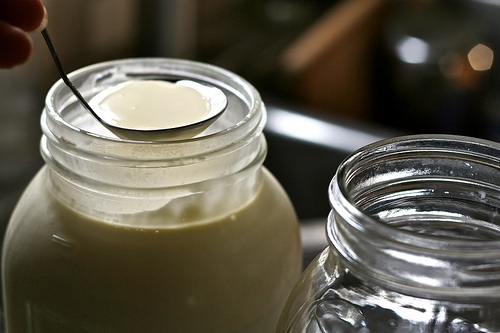
What Raw Really Means
Raw milk simply means that the milk isn’t heated, unlike the milk we’re used to from the grocery store. Raw milk is taken from the cow, filtered, and cooled rapidly to just above freezing. Standard milk is first heated to high temperatures very quickly, and then brought down to chill. While the high temperature pasteurization kills any potential pathogens, it also kills lots of the good kind of bacteria you do want in your gut.
Once opened, a container of raw milk can last about 10 days, provided it is properly chilled. We keep our milk the the back of the refrigerator and haven’t had a worry about the milk going bad. And when raw milk goes “bad”, it is still useable. It gets sour, but it can be used for making yogurt, cottage cheese, and even baking.
Pasteurized and UHT (ultra-high temperature) milks need longer shelf lives because they are shipped all over the country, but their freshness once opened is still the same as raw milk. In fact, I’ve had organic pasteurized milk go bad after being open only 4 days, even though the “Best by” date was not for two more weeks. Since you’re getting raw milk directly from the farmer, there’s none of the worry about how long the milk has been sitting in a warehouse cooler.
Benefits
Why drink raw milk? Aside from promoting a local, real food economy, there are a multitude of benefits in drinking raw milk, according to the Weston Price Foundation.
- Raw milk contains a lot of butterfat, which is needed by the body to be able to absorb the calcium and protein in the milk.
- Raw milk is said to do everything from help with allergies (due to the varied grasses the cows eat) to ear infections.
- Raw milk helps with bone growth and can recalcify teeth.
- Raw milk has beneficial bacteria that helps the digestive system and boosts nutrient absorption.
- Raw milk naturally contains 21 minerals and 13 vitamins.
Making the Next Move
As with any food, you need to make your own decision on whether raw milk is right for your family. Currently raw milk is not allowed to be sold in stores in most states, and you might have read about crackdowns on farms across the country. The truth is that yes, sometimes raw milk causes illness – but so do eggs, peanut butter, leafy greens, and beef (and those cause it in greater numbers).
With anything that you eat, information is key. If you are curious about raw milk, go visit a producer to ask questions and see the way the cows are treated and how the milk is collected. You can find raw milk producers by visiting RealMilk.com.
Have you ever tried raw milk? Would you let your family have it?

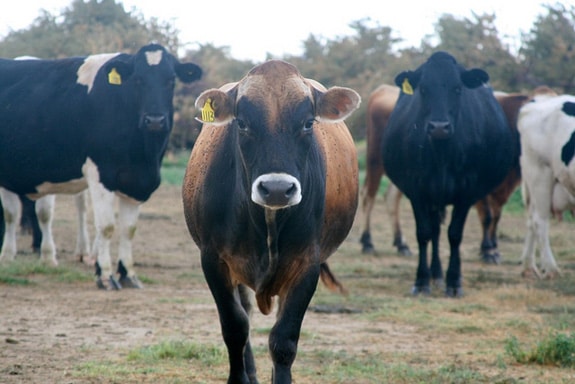
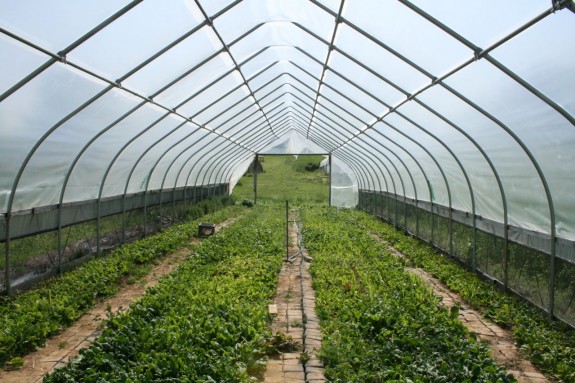
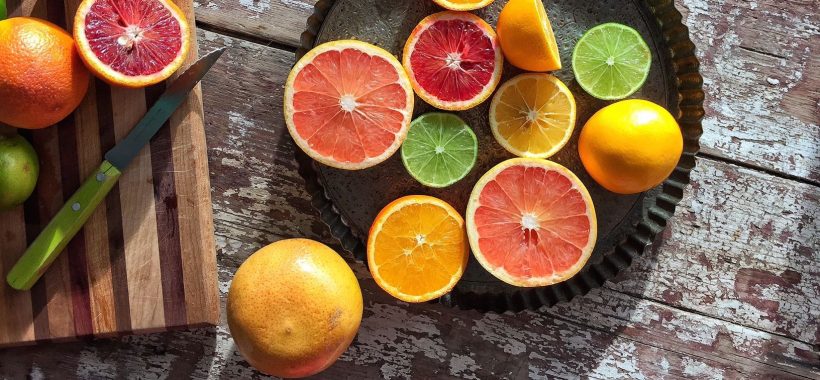

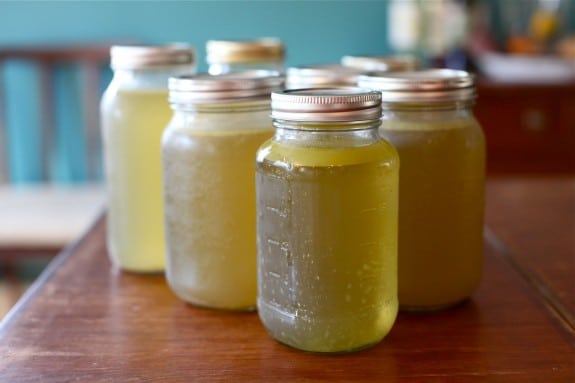
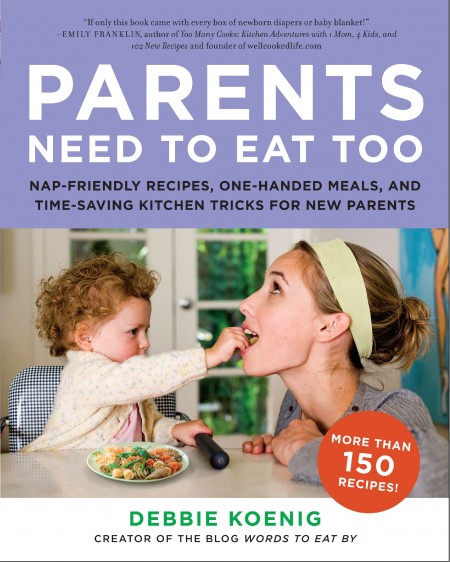

First, I commend you for supporting raw milk. My family has a dairy share with a local farm and we smile each time we pour a glass knowing that the milk we’re drinking comes from a beautiful cow named Ruby who wiles away her days in a grassy field.
However – There are some definite risks and considerations that I think you should have addressed in your article. Especially as the Simple Living Media family of blogs is geared toward mothers.
1. Not all raw milk is created equal and it is your (the consumer’s) responsibility to know where your milk is coming from. Visit the farm. Check out their facilities and milking process. Know your farmers. (We are on a first-name basis with our farmers and even spend time together socially on occasion.) Ask questions.
2. Children, birth to 5 years, are at a statistically higher risk for serious consequences (even death) should they drink milk contaminated with any of the bad pathogens (e. coli being the scariest). (My husband and I have decided to (low-temp) home-pasteurize our son’s milk until he turns 5, just to be on the safe side.)
3. Do your research. The real food movement is about being a responsible and informed consumer, after all. Here are some websites to check out:
http://www.realmilk.com/
http://www.cdc.gov/foodsafety/rawmilk/raw-milk-publications.html
Lastly, I’d like to say that I’m very much of the “damn the man” mentality when it comes to food. However, statistical research, often done by “the man”, has real value not to be scoffed at.
As Walk Whitman writes:
“You shall no longer take things at second or third hand, nor look through the eyes of the dead, nor feed on the spectres in books;
You shall not look through my eyes either, nor take things from me:
You shall listen to all sides, and filter them from yourself.”
Oops! I meant Walt Whitman…not Walk Whitman…ha ha ha
“No demonstrated health benefit from consuming raw milk has ever been established in a peer-reviewed scientific research document.”
http://www.texmed.org/Template.aspx?id=21320
Its not about benefits , it is just that what you get in the shops has NOTHING to do with what comes from the cow. It indeed tastes like white coloured water what you get from the packages. If you drink raw milk, you can even tell what kind of food the cows had . You can make your own cream and don’t need to pay for it extra. Plus, the taste of that cream is just incredible, and there are no additives at all. I wouldn’T spend any money on “so called milk” from a shop, that doesn’t get sour, but only bad, when you keep it for too long. I won’t even feed my pigs with that crap.
If there is any benefit that is obvious, then it’s the taste- any dessert made with raw milk just is great, and it tastes quite poor if you try the same with supermarket milk. So its up to everyone to decide what tastes better. Oh, i am almost 50 now and for all my life i had raw milk.
Coming from Ukraine, it’s actually the first time in my life that I hear about the dangers of raw milk. I grew up in a small Ukrainian village, with our own goats, and later on – neighbor’s cow milk. I actually had completely opposite fear. After living all my childhood on raw milk, I could not get myself to try the store-bought milk. The first time I had it was actually in USA, and I absolutely hated it. It tasted completely like white-colored water, and for 7 years I ended up not drinking milk, since I could not get access to the raw or real milk. I now add pasteurized milk to dishes that require milk, but I still can’t get myself to simply drink it.
I am not a rare story in Ukraine. More than 70% of our population drink what we call – normal or real milk, and we never had any problems or issues with it. And definitely it’s easier for us to get sick from the store-bought chicken, e.g.
I think American food industry has gotten so far away from what the real food is like, that your people freak out from anything that is not bacteria-clean. It’s a very sad situation, and I really hope Ukraine will never get to that point.
Again, most of my peers in Ukraine grow up drinking raw milk, eating vegetables straight from the ground (at times as kid we did not eat wash our carrots, wiping them on our pants was so much faster! :)), nibbling on green apples, and having home-made sausages for dinner. I don’t remember any of us ever getting food poisoning.
We started drinking raw goats milk at a old pediatricians recomendation after our daughter was intolerant of anything we tried when I was no longer able to breast feed back in 1987. I was fortunate to have a coworker able to meet the need. When we relocated to 30 acres, she sweetly gave us a pregnant goat to start our own herd. For many years I milked a few goats prior to heading off to work as a nurse. Due to a major family situation we had to stop milking and within a year or so I developed GERD. After several years our life settled back down and I found several sources for raw goat and cow milk. I started drinking again and no more GERD, overall feeling much better. We rarely have any illnesses and in 16 years as a nurse I’ve only called out four for illness. Besides raw milk we eat little processed foods, limit sugar, no sodas, never eat fast food, rarely eat out, pastured meats and eggs, grind our own wheat, make bread. The best quality foods will overall lead to good immunity and better health.
Raw milk is only sold for pet consumption where I live (FL). It is literally illegal to sell milk that hasn’t been under high temp pasteurization!